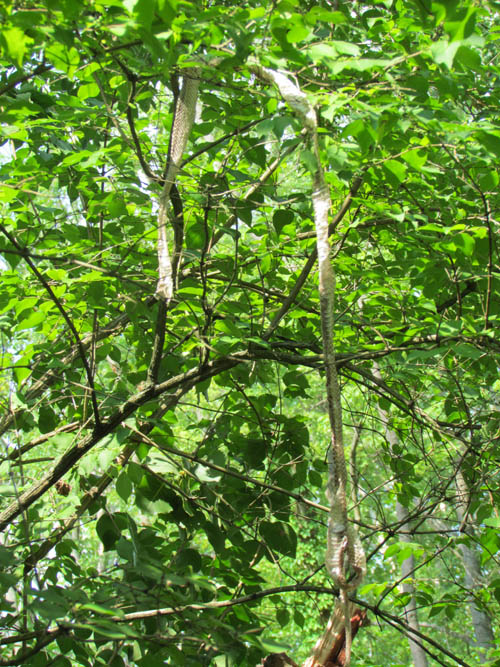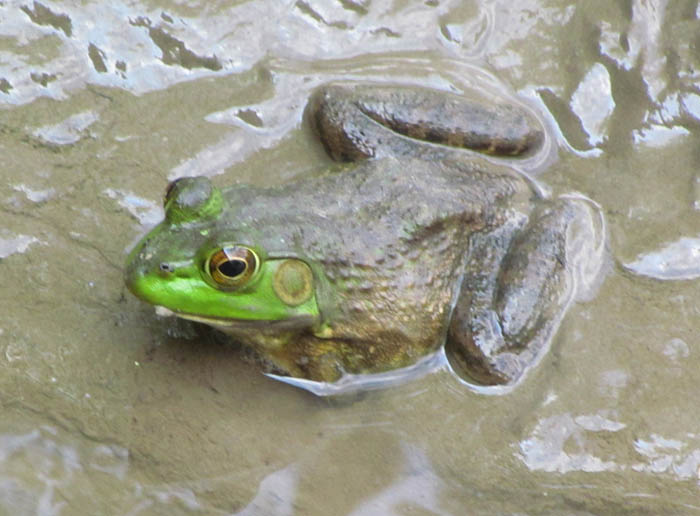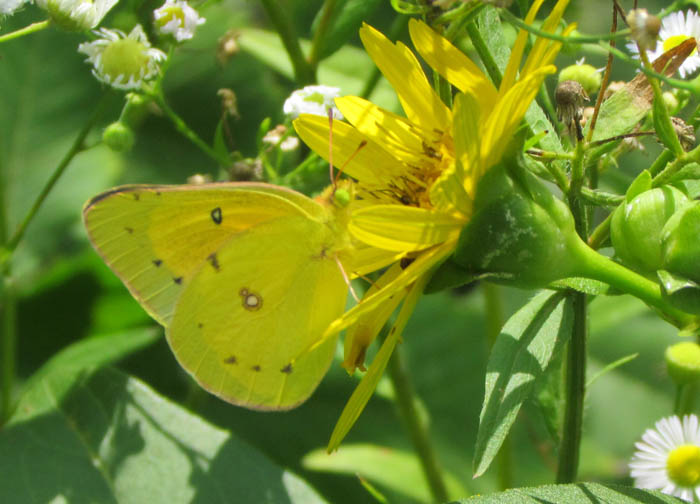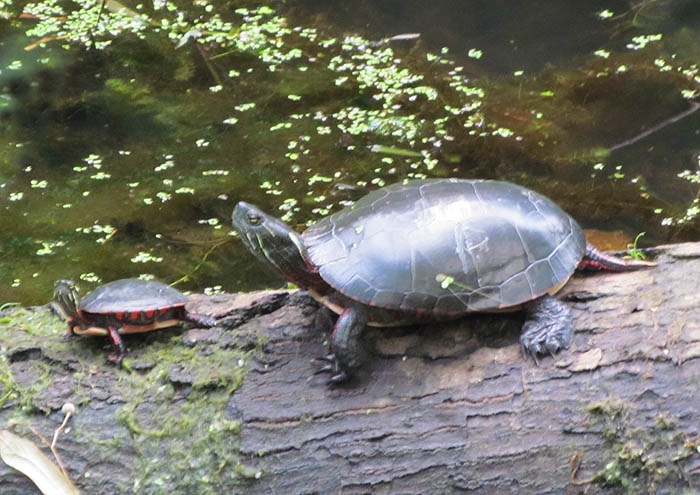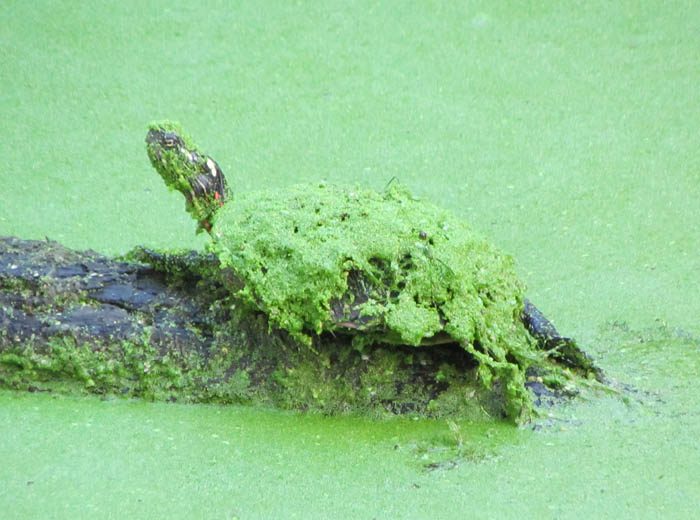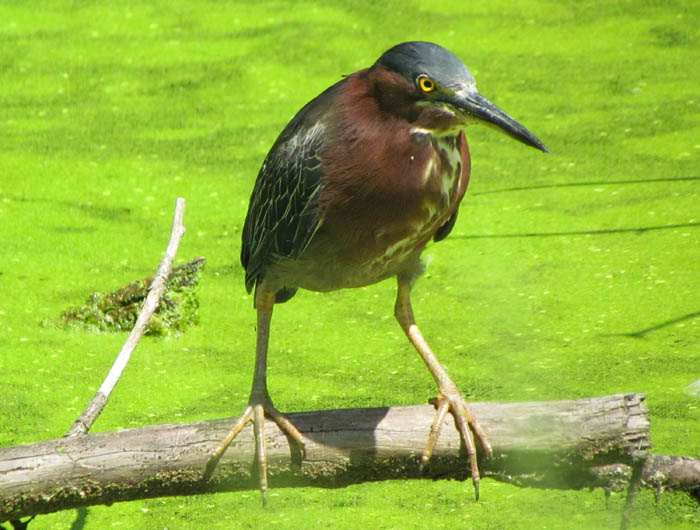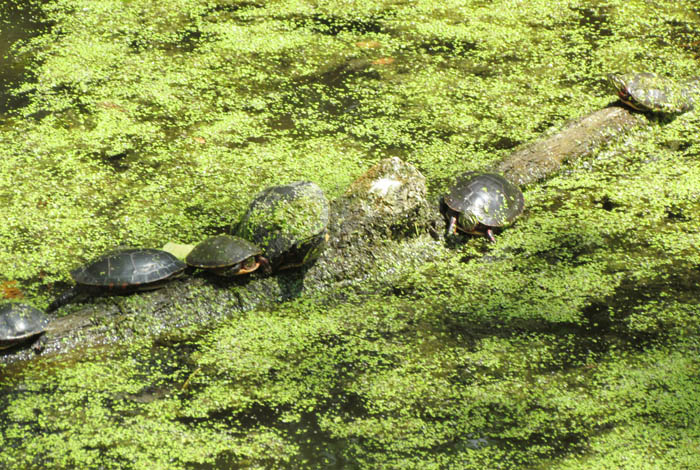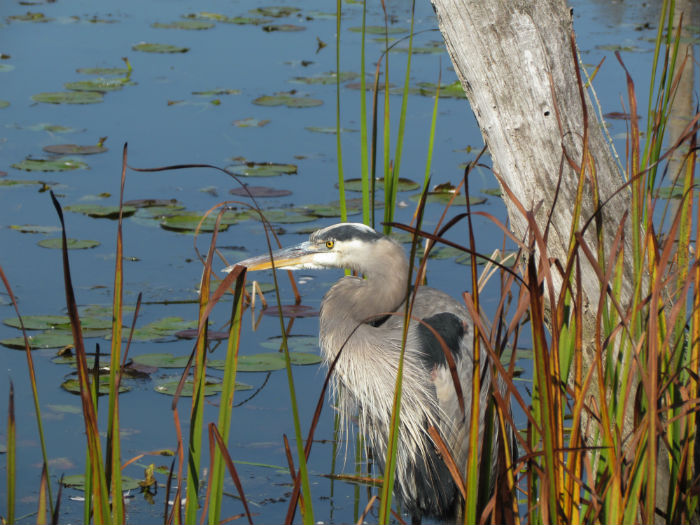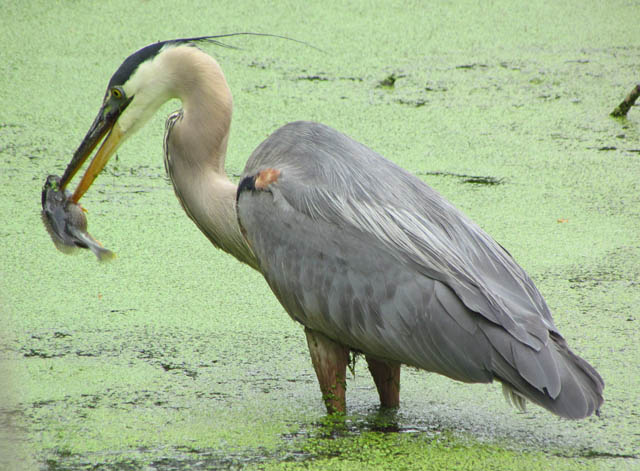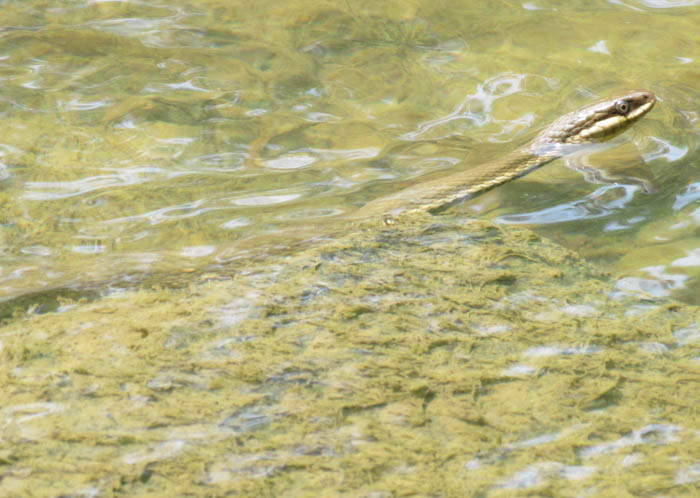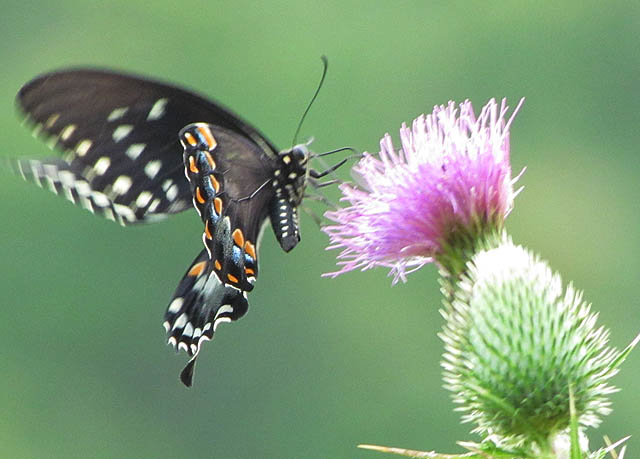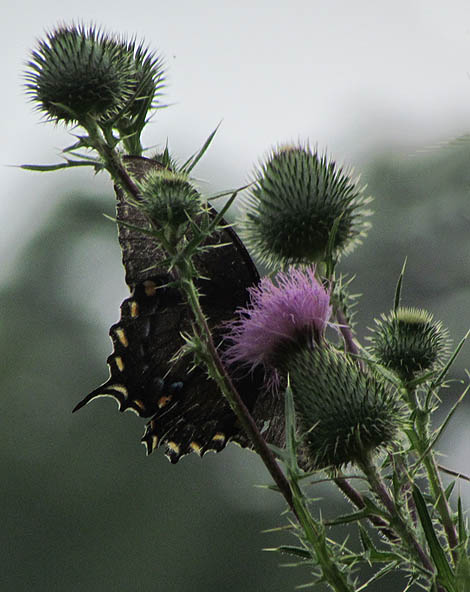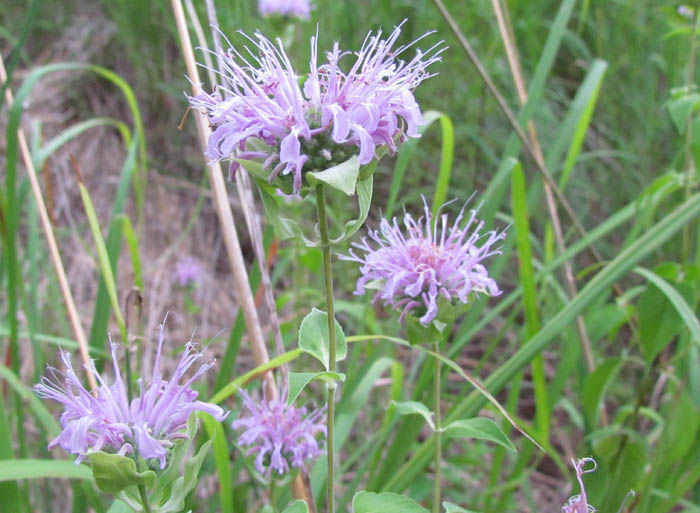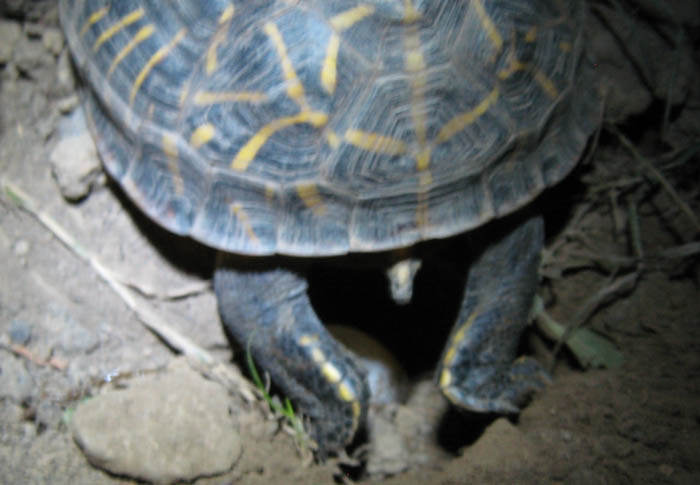Sassafras is an easy tree to identify by its leaves. The leaves can have a mitten shape, with either a left thumb or a right thumb, or the leaf can be three-lobed. It can also have an oval, unlobed leaf. Usually, you’ll see all three shapes on the same tree.
The Sassafras Tree is a member of the laurel family and it has aromatic foliage. Rub a leaf between your fingers, and its spicy scent becomes noticeable. Crushing a twig from this tree produces that same result.
In earlier times, homemade root beer was made by fermenting molasses and Sassafras root. Commercial root beer used oil of Sassafras for flavoring. Oil of Sassafras was also used “back in the day” for perfuming soap.
This tree often has a crooked trunk, it produces dense cover and provides fruit for wildlife. Sassafras doesn’t attain its full growth potential in northern states. Around here a typical tree is about 30 feet tall.




